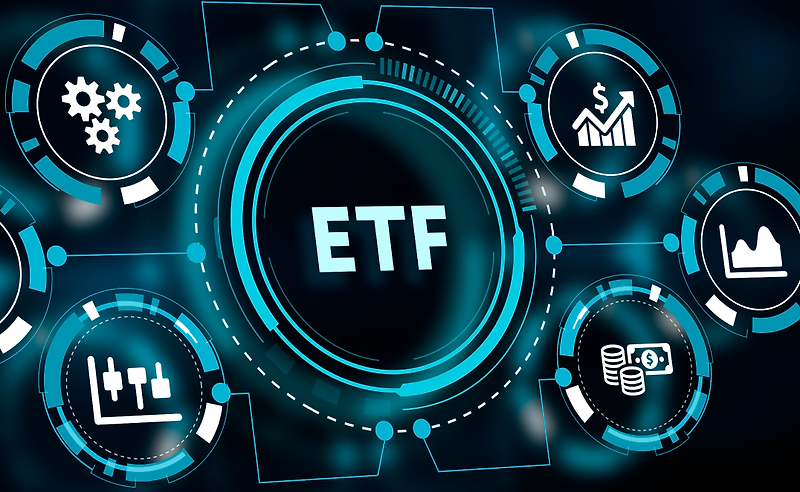Investing is the backbone of wealth creation. Of all types of investments, private equity and venture capital are undoubtedly the two most visible types. While both invest in companies, they intend to fund different stages of firms' growth. Knowledge of such differences is a crucial input for investors. In this light, this paper examines private equity and venture capital: what's the difference and some key financial metrics and practical wisdom.
Understanding Private Equity
Private equity (PE) is the sector of investments that deals with matured companies that are not listed in the public domain. Investments are normally done through buyouts or direct investments. The objective of PE firms is to maximize the value of the firm and then sell it at a profit. This is rather long term, which takes several years.

Features of Private Equity
- Target Companies: The PE firms focus on matured companies that have a known model of business. Firms that have exhibited stable cash flows are targeted.
- Size of Investment: The size of investment usually varies between a few million dollars and billions of dollars. In 2023, the average buyout deal size was approximately $440 million.
- Control: In fact, PE firms normally acquire the controlling interest in the companies in which they make the investment. This gives them control over the management and strategic direction.
- Holding Period: The holding period varies, with an average holding period of 4-7 years. Once a holding period is crossed, the PE firms look for an exit through sales or IPOs or merger.
Understanding Venture Capital
Venture capital (VC) pools money to invest in early-stage and seed-stage companies with growth potential. VC investors provide equity for capital. This being the case, VC firms can be quite aggressive in taking risks, as they consider significant potential gains, or returns, more than PE firms do.

Features of Venture Capital
- Target Companies: VC firms invest in young companies which sometimes are in tech, healthcare, or biotech. Often these companies have a very thin track record but hold promise.
- Size of Investment: VC investments run much smaller in size. They range from thousands of dollars into tens of millions. In 2023, average deal for VC was around $6.5 million.
- Control: VC firms generally invest in minority stakes in the companies. They usually invest in advisory roles rather than acquiring control.
- Holding Period: The holding period is relatively short, with a duration of 3 to 5 years. This duration mainly focuses on growth and subsequent opportunities to exit.
Differences Between Private Equity and Venture Capital
Understanding the main differences can also help investors make better decisions. The following are the main differences between private equity and venture capital:
- Investment Stage
- Private Equity: Mature companies.
- Venture Capital: Young companies and very early companies.
- Investment Amount
- Private Equity: Multi-millions to billions
- Venture Capital: Thousands to tens of millions.
- Control and Influence
- Private Equity: Often takes controlling stakes.
- Venture Capital: Mostly minority stakes and advisory positions.
- Risk and Return Profile
- Private Equity: Much less because the companies are established. Returns can be moderate but stable.
- Venture Capital: Higher Risk with the possibility of larger return. Failure to startups is very typical.
Financial Metrics to Consider
There are financial metrics on which investors should look when comparing PE and VC. Some of these are:
- Internal Rate of Return (IRR): This metric measures the profitability of investments over time. Historically, PE has an IRR of about 15-20%, while VC is much more dispersed, often averaging 20-25% but more volatile.
- Multiple on Invested Capital (MOIC): This is return on amount of capital compared with the amount of capital invested in. PE generally witnesses a MOIC at two to three times. VC will generally achieve higher MOICS primarily attributed to successful exits and can reach beyond five times.
- Default Rates: The VC default rate stands at around 75%. PE is relatively stable with around 20% defaulting.
Optimal Investment Decision
PE and VC are two different opportunities to grab in the investment world. Understanding the difference between them enables an investor to adopt the strategy according to his or her risk appetite and returns expected from an investment. Whether one wants the stability of PE or the high-risk, high-reward nature of VC, more-informed decisions mean more-correct investing. Understanding what differentiates private equity from venture capital can position an investor to get better returns. As usual, solid research and due diligence is always necessary when investing. These insights help you in making quality investment decisions and lead you to the right choices related to your finances.






